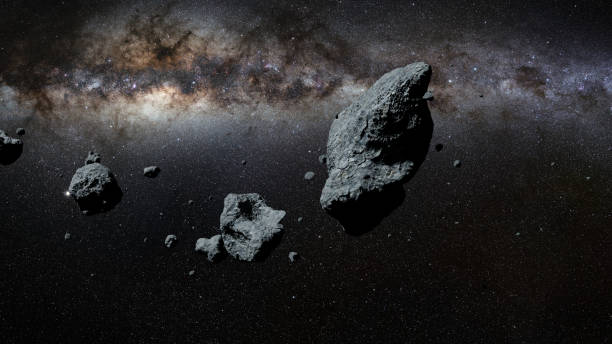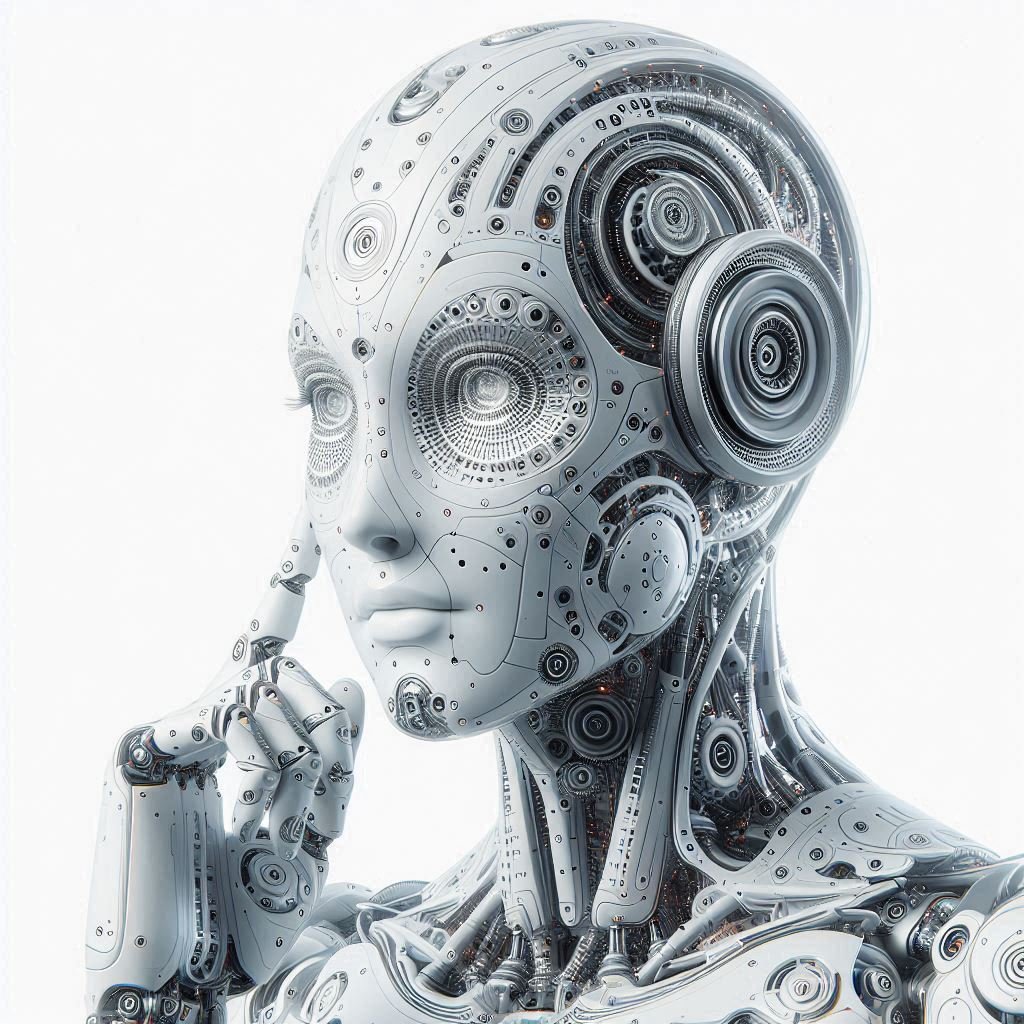In the vast and silent cathedral of space, where stars burn with ancient fire and blackness stretches beyond imagination, a new dream is beginning to take shape. It’s not the dream of flags planted on dusty moons or astronauts waving from steel capsules. It’s older, primal even—an echo of the fevered pursuit that once drove men into mountain ranges and across treacherous oceans with only hope and greed as their compass.
This time, the frontier isn’t California or the Klondike. It’s the asteroid belt.
The new gold rush isn’t fueled by pickaxes and shovels, but by robotics, propulsion systems, and spectrometers. The treasure isn’t just gold or silver, but platinum, iridium, and rare earth metals—materials so precious and vital to modern technology that entire global supply chains hinge on a few fragile veins buried in the Earth.
Space mining—once the realm of pulp science fiction and speculative futurism—is slowly, deliberately crossing the boundary from fantasy to possibility. And for the first time in human history, we are daring to consider what it means to extend industry beyond our planet, to extract resources from rocks that orbit the Sun, untouched for billions of years.
Is this the next great leap for civilization, or the beginning of a perilous, chaotic new chapter? That question, shimmering with both promise and peril, may define the next century more than we realize.
A Kingdom of Stones and Stardust
Between Mars and Jupiter lies a graveyard of broken planets. Thousands of ancient, cratered bodies—some barely meters across, others the size of cities—drift in an elliptical ballet in what astronomers call the main asteroid belt. They are the leftovers of a solar system that never quite finished assembling. But within these chunks of primordial stone and metal lies a staggering wealth of materials.
Some asteroids, known as M-type, are composed largely of nickel and iron, with high concentrations of platinum group metals. These are the most tantalizing targets for future miners. A single metallic asteroid just 200 meters across could contain more platinum than has ever been mined in Earth’s history. Others are rich in water—hidden as ice or chemically bound within minerals—which could be broken into hydrogen and oxygen to create fuel, turning the asteroid belt into the gas station of the solar system.
It is difficult to overstate the magnitude of the riches orbiting overhead. NASA’s Psyche mission, launching toward a 140-mile-wide metallic asteroid named 16 Psyche, is targeting a body worth—on paper—over $10,000 quadrillion in raw materials. That’s more than the entire global economy… by a factor of millions.
But these cosmic fortunes aren’t just sitting there, waiting to be scooped up. They lie in a realm of crushing cold and impossible distance, where a single miscalculation could send a spacecraft tumbling helplessly into the void.
Still, the allure is impossible to ignore.
Echoes of Earthly Fever
History rarely repeats itself exactly, but it rhymes with haunting precision. In the mid-19th century, news of gold in California drew tens of thousands across the plains of America in wagons and on foot. Some died on the journey. Others struck it rich. Most found only heartbreak. Yet the Gold Rush reshaped the world—it led to the rise of cities, the building of railroads, and a brutal reshuffling of economic power.
Space mining has the same seductive glimmer.
Already, a cadre of private companies, backed by billionaires, venture capitalists, and national governments, are investing in the infrastructure and technologies needed to reach space’s mineral bounty. Planetary Resources, Deep Space Industries, TransAstra, and other firms—some defunct, some pivoting, others quietly advancing—have staked early claims in what they believe is an inevitable new industry.
Governments are taking notice. The U.S. passed the Space Resource Exploration and Utilization Act in 2015, declaring that American citizens have the right to own resources mined from celestial bodies. Luxembourg, a tiny European nation with cosmic ambition, has passed similar laws and invested hundreds of millions in space mining startups. China, too, has its eyes on the Moon and beyond, while Japan’s Hayabusa missions have already returned samples from near-Earth asteroids—tiny test runs for future mining missions.
What they are pursuing is not just profit, but precedence.
A Fragile Physics of Economics
Mining in space is not a matter of simply launching a robot, digging a hole, and cashing in. The economics are as complex as the orbital mechanics involved.
On Earth, mining is already one of the most capital-intensive industries, requiring massive infrastructure, transportation networks, and refining facilities. In space, every kilogram launched costs thousands of dollars. The engineering challenges are monumental. Operating autonomous robotic systems in deep space, with minutes or even hours of communication delay, is a problem far beyond today’s industrial robotics.
But there’s a reason these obstacles haven’t discouraged the dreamers.
Some of the most valuable targets are not millions of miles away, but much closer—near-Earth asteroids that pass close to our planet. These objects offer lower gravity, lower radiation than planetary surfaces, and are more accessible from a fuel perspective than even the Moon.
And here’s the kicker: unlike Earth, these bodies have no atmosphere, no tectonics, no biological interference. Everything remains preserved. There is no overburden to clear, no need to worry about ecological destruction. What you see is what you get.
If a company could develop a reliable, reusable spacecraft capable of rendezvous with one of these bodies, extract material, and return it to orbit or Earth, the returns could be staggering. That’s the dream—an interplanetary supply chain that begins with robotic miners and ends with payloads of rare metals descending gently through Earth’s atmosphere.
Water Is the New Gold
Yet not all riches gleam. The most critical commodity for space development isn’t platinum or gold—it’s water.
Water is essential not only for sustaining human life, but for creating rocket fuel. By splitting water into hydrogen and oxygen, spacecraft can refuel without returning to Earth. This would fundamentally alter the economics of space exploration. Missions could leapfrog across the solar system, fueled by icy reservoirs on asteroids, moons, or even Mars.
Asteroids rich in carbonaceous material—known as C-type—are believed to harbor significant water content. Mining these bodies for water would support a permanent human presence in space, enabling colonies, research stations, and interplanetary trade.
If that sounds fantastical, consider that NASA and commercial partners are already planning missions to demonstrate in-situ resource utilization (ISRU). The Moon’s south pole, where water ice lingers in shadowed craters, is being targeted for early extraction.
Water, in this sense, becomes not just a resource, but the bloodstream of a new space economy.
Risks, Ruin, and Regulation
Every gold rush has its casualties, and space mining is no different. The dangers are immense—not just physical or financial, but geopolitical and ethical.
Who owns the Moon? Who has the right to mine an asteroid orbiting 20 million miles from Earth? The 1967 Outer Space Treaty, ratified by more than 100 nations, declares that no celestial body can be claimed by any one nation. But it remains vague on the issue of resource extraction. Is mining an asteroid akin to trawling international waters, or is it a de facto claim of sovereignty?
Without a clear international framework, the risk of conflict looms. Could one nation or company monopolize space resources? Could aggressive competition lead to orbital debris or even military confrontation? The militarization of space, once unthinkable, is already underway in subtle ways.
There is also the specter of overexploitation. While it may seem absurd to worry about depleting asteroids, the fear isn’t about scarcity—it’s about unintended consequences. What happens if altering an asteroid’s orbit causes a collision risk? What if mining disrupts the balance of gravitational systems in unforeseen ways?
Closer to Earth, the economic impact could be equally destabilizing. Flooding markets with cheap platinum or rare earth metals might crash industries, bankrupt traditional mines, and trigger political unrest in resource-dependent nations. The asteroid belt could become the OPEC of the 22nd century—powerful, unpredictable, and beyond Earthly regulation.
The Morality of a Multiplanetary Future
Beyond the practical concerns, space mining forces us to confront a deeper question: what kind of civilization do we want to become?
Is the cosmos merely a vault of resources to be stripped and sold? Or can we learn from Earth’s mistakes—centuries of exploitation, colonization, and environmental degradation—and forge a new model of stewardship and cooperation?
Proponents argue that space mining is inherently sustainable. It reduces pressure on Earth’s ecosystems, provides access to clean energy materials, and enables a human future that doesn’t rely on Earth alone. Others worry that it simply exports our worst instincts—greed, inequality, conquest—into the stars.
The truth, as always, may lie somewhere in between. Technology is not destiny. How we use it, and who controls it, will shape whether space becomes a utopia or a cautionary tale.
Children of the Golden Dawn
At a small lab in Luxembourg, a team of engineers stares at a glowing screen. A robotic arm, simulating zero gravity, slowly moves over a chunk of simulated asteroid regolith. They are testing the mechanics of automated excavation, refining algorithms that might someday be used millions of kilometers from home.
Across the world, in a dusty corner of the Mojave Desert, a prototype spacecraft sits on a launchpad. Its solar panels are extended like wings, its body gleaming with thermal shielding. It carries no crew—only sensors, drills, and a dream.
And in a boardroom in Tokyo or Houston or Beijing, an investor leans forward, listening to a pitch. The numbers are bold. The risks are colossal. But the rewards? Astronomical.
This is not science fiction anymore. It is the earliest tremor of a seismic shift in human history.
We once looked to the stars and saw gods. Then we saw dreams. Now, increasingly, we see opportunities.
Somewhere, spinning in the void, a lonely asteroid drifts in the sunlight. No wind touches it. No sound breaks its silence. But someday soon, a tiny glint—metal on metal—might appear on its surface. A mechanical hand might reach into the dust and bring back a fragment of the stars.
And that, perhaps, will be the moment our species truly leaves Earth—not just in body, but in ambition.






